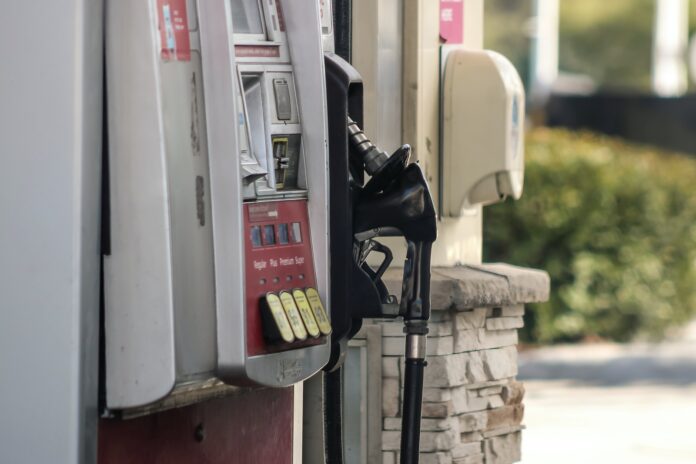With fuel prices at record levels, everyone is looking for some way to save on fuel. Discovering the cheapest gas station in the area is just beginning, although paying less for every gallon of fuel is an important aspect of saving your car’s operating costs.
But it is not the only one, and the neglect of the others can easily reset his contribution. At the same time, some of them do not involve any immediate investment. So what else can be done?
1. Check tire pressure
Underinflated tires have bigger rolling resistance, so they increase fuel consumption. You can easily find out and adjust the tire pressure at every gas station – as long as they do not have a damaged compressor hose end. After connection, of course, the air must not escape so that the measurement and inflation are correct.
Overinflated tires are harder and have a smaller contact area with asphalt, and therefore poorer grip, so trying to save a little bit of gasoline means poorer driving comfort and longer braking distances.
2. Keep the car in good condition
An investment of a few dollars in car service can pay off in the long run on fuel consumption. We are talking, for example, about adjusting the geometry so that the wheels roll straight, or servicing the brakes so that the pads do not rub against the discs when they don’t need. Both increase the car’s resistance and thus fuel consumption.
3. Get rid of unnecessary weight
The more the car weights, the more energy is needed to start it. So – do you carry a five-liter oil and coolant or a pile of tools in the car? If you have the experience that you can need it all at any time, fine. But if you are pulling it just in case, try to replace the supply of liquids with a smaller package and carry the tools really only the most necessary, if any at all.
The same applies to snow chains, a shovel, a blanket and a sleeping bag. Winter is over, and if you are not going to the mountains, leave this equipment in the basement.
4. Remove the roof rack
When driving at higher speeds, the car consumes the most energy to overcome air resistance. This means that anything extra you have on your car, especially the roof racks or even the roof boxes, increases fuel consumption. The same is true for various flags or similar decorations – anything that disturbs the smooth shape of the car in any way increases its aerodynamic drag and thus fuel consumption.

5. Switch off the air conditioning
Some cars leave the air conditioning on permanently, even if it is not necessary in terms of temperature to prevent the windows from fogging up from the inside. However, air conditioning operation means greater demands on the engine, and with it increased fuel consumption. In the hot summer, it is difficult to avoid using the air conditioning, but until it is hot, normal ventilation is usually enough.
6. Drive smoothly
The best way to the lowest possible consumption is smooth driving. Each time the brake pedal is depressed, it turns the car’s kinetic energy into heat, and the car will have to get that kinetic energy back from the fuel. So: the less you brake, the less you have to step on the throttle.
7. Switch off cruise control
Cruise control is a good helper for a comfortable ride, whether ordinary or adaptive. But in an effort to keep fuel consumption as low as possible, it is not very efficient, because it only reacts to road conditions – it brakes downhill, it adds speed uphill.
The driver is able to drive more smoothly and economically, because he reacts earlier, for example, to heavy traffic on the highway in front of him – the sooner he starts to slow down. Or he lets the car drive more uphill and then he doesn’t have to add as much gas uphill.
8. Slow down
The higher the driving speed, the greater the air resistance. This means that if you are used to driving on the 90 mph motorway, you can achieve fuel savings by decelerating to 70 mph. Yes, the journey will take a few minutes longer, but it’s always something for something.
9. Plan your trips
If you have several stops in the city or the surrounding area, plan them so that the overall journey is as economical as possible. This does not have to mean the shortest, because it is more efficient to drive a little further down the plain than up a steep hill.







